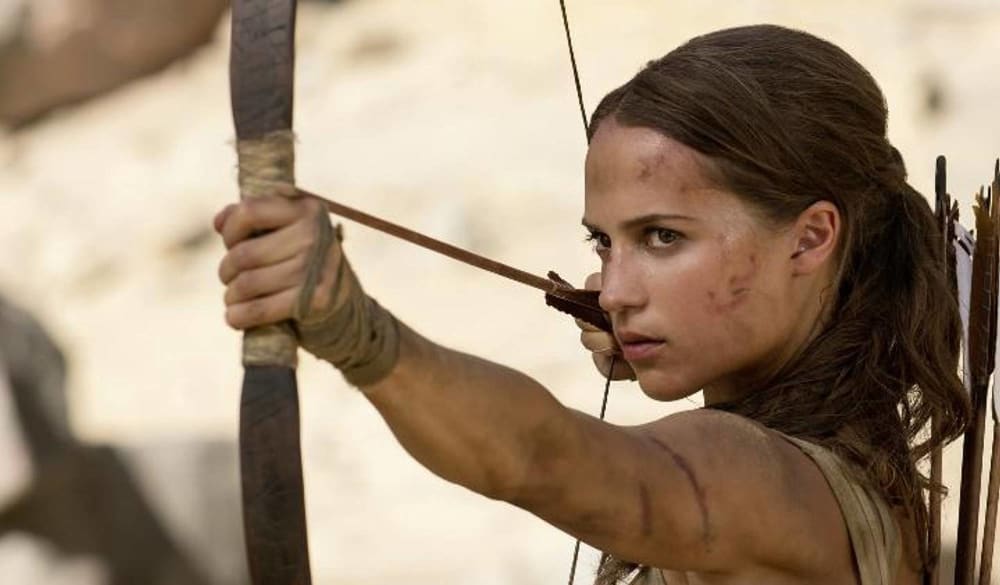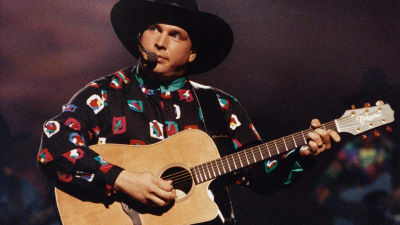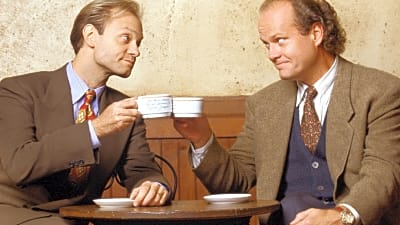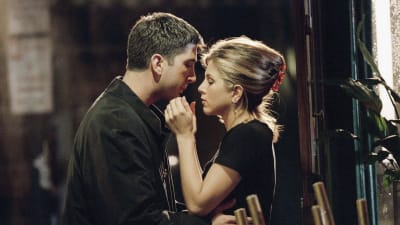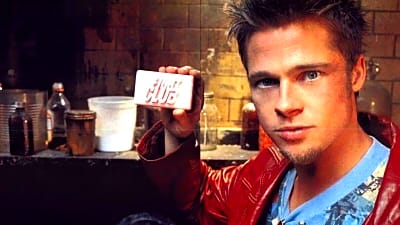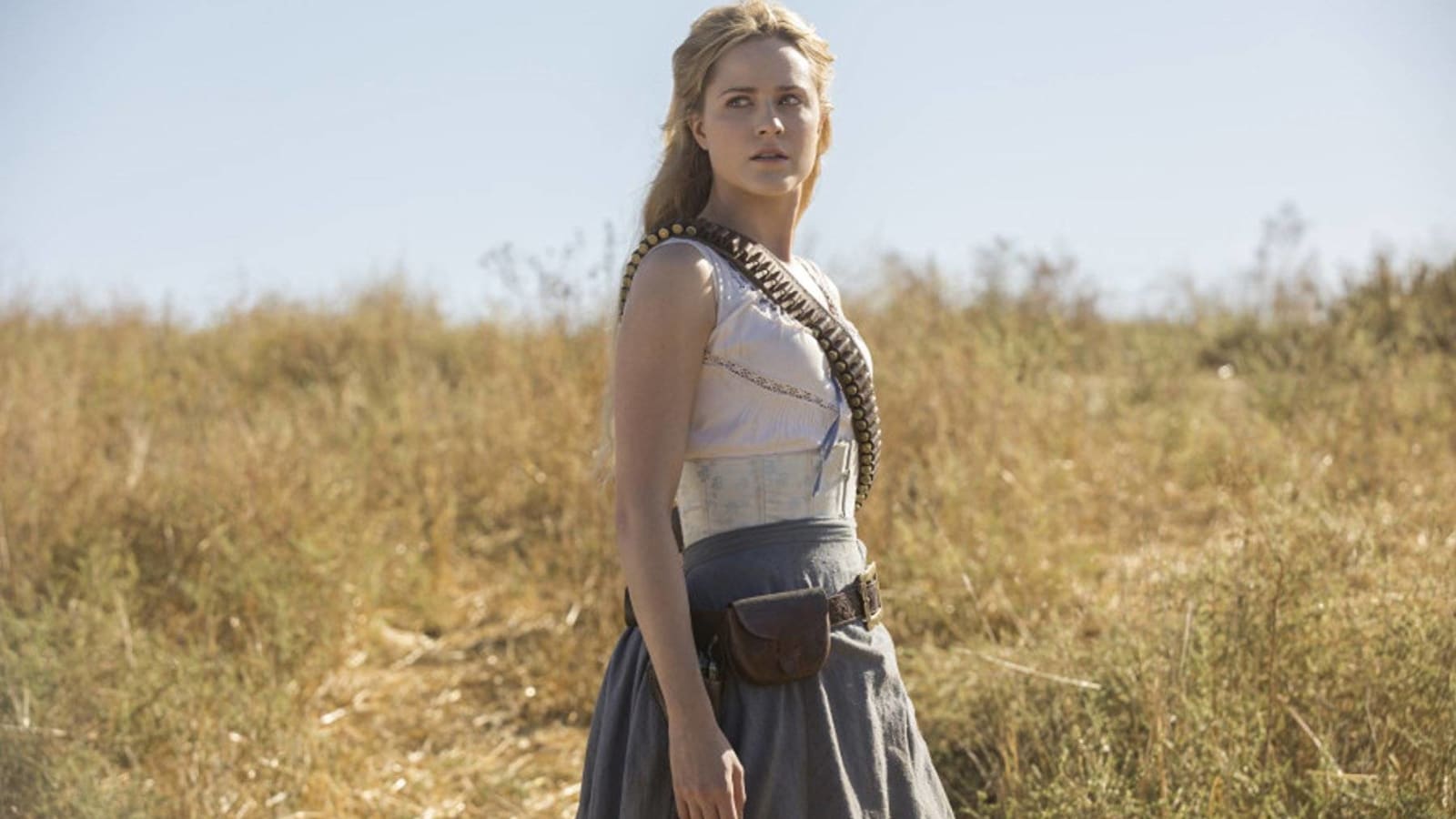
'Westworld' season 2 recap: Despite bloat these 'violent delights' are hard to quit
“Ford buried so much bad code in you, how would you ever really know what was you and what was something he programmed you to do?”
For two seasons, “Westworld” has been burying mysteries and backstories and motives and bodies, so many bodies, into its non-linear narrative, feinting at resolutions, teasing solutions and always pulling the rug out from under the viewer at the moment of apparent discovery. It dares you to go sleuthing, just as the J.J. Abrams-produced “Lost” did a decade ago, but thus far has evinced little interest in providing concrete answers. Everything can be undone with a bullet or a blade, and death is not the end. The dice are loaded, the table is slanted and you’re the sucker for emotionally anteing up every Sunday in search of meaning.
And if you feel like your head is spinning after the season finale, imagine poor Bernard’s plight, in any timeline, as he tries to make sense of this ever-shifting world he created once upon a time as Arnold Weber. Almost nothing can be taken at face value in this Escher-esque yarn being spun by showrunners Lisa Joy and Jonathan Nolan, but we can be fairly certain — we hope — that there really was an Arnold, and he really did have a special connection with the host Dolores. And yet there have been so many bad-faith twists this season that who’s to say this all isn’t transpiring in the snow globe-confined imagination of Donald Westphall’s autistic son?
The first season of “Westworld” was an elegantly constructed tale of intellectual folly and righteous atonement; Arnold planted the seeds of the host uprising before his death, and Ford, turned off by Delos’ amoral steering of the park, nourished them, giving his life so that they might sprout. This season curiously plunged ahead with the aftermath of the revolution while also retreating to its origins, portraying the hosts’ as the victims of a corporate-driven manifest destiny. Thematically, this story arc is terribly relevant and touching (particularly the thread involving Akecheta and Maeve’s daughter), but this notion of impermanence, that everything can be undone by virtue of existing in a simulation, robs the entire undertaking of any real weight. It doesn’t break your heart the way it should because you know Joy and Nolan can break the rules anytime they want to bring these characters back from the grave.
What to make of Dolores’s escape from the park, her appropriation of Hale’s identity and her newfound adversarial relationship with Bernard? Their exchange at the end of the finale is amusingly reminiscent of the Kate Mantilini restaurant tête-à-tête between Al Pacino and Robert De Niro in “Heat.” They’re two people chasing two diametrically opposed goals, and no matter their past, if one is standing in the way of the other’s mission, brother, they are going down. It’s also worth noting that this chat is set in Arnold’s real-world abode, which any architecture nerd will tell you is Frank Lloyd Wright’s Millard House — which, folks, is an aesthetic sister to the Ennis House made famous in “Blade Runner.” Will Season 3 be Replicant vs. Replicant as Dolores tries to wipe out humankind? Are we foreshadowing or merely homage-ing?
And do you care enough to find out? That’s the dilemma facing “Westworld” viewers after this season. Is it worth the effort to dig through decades of bad code (which, if you stuck around for the post-credits stinger, now applies to William)? Do you trust that there’s an emotionally satisfying payoff coming? It’s not a great sign that the show is already treading water as it plots its next move, but these violent delights are hard to quit.
More must-reads:
Breaking News
Trending in Entertainment
Customize Your Newsletter
 +
+
Get the latest news and rumors, customized to your favorite sports and teams. Emailed daily. Always free!
